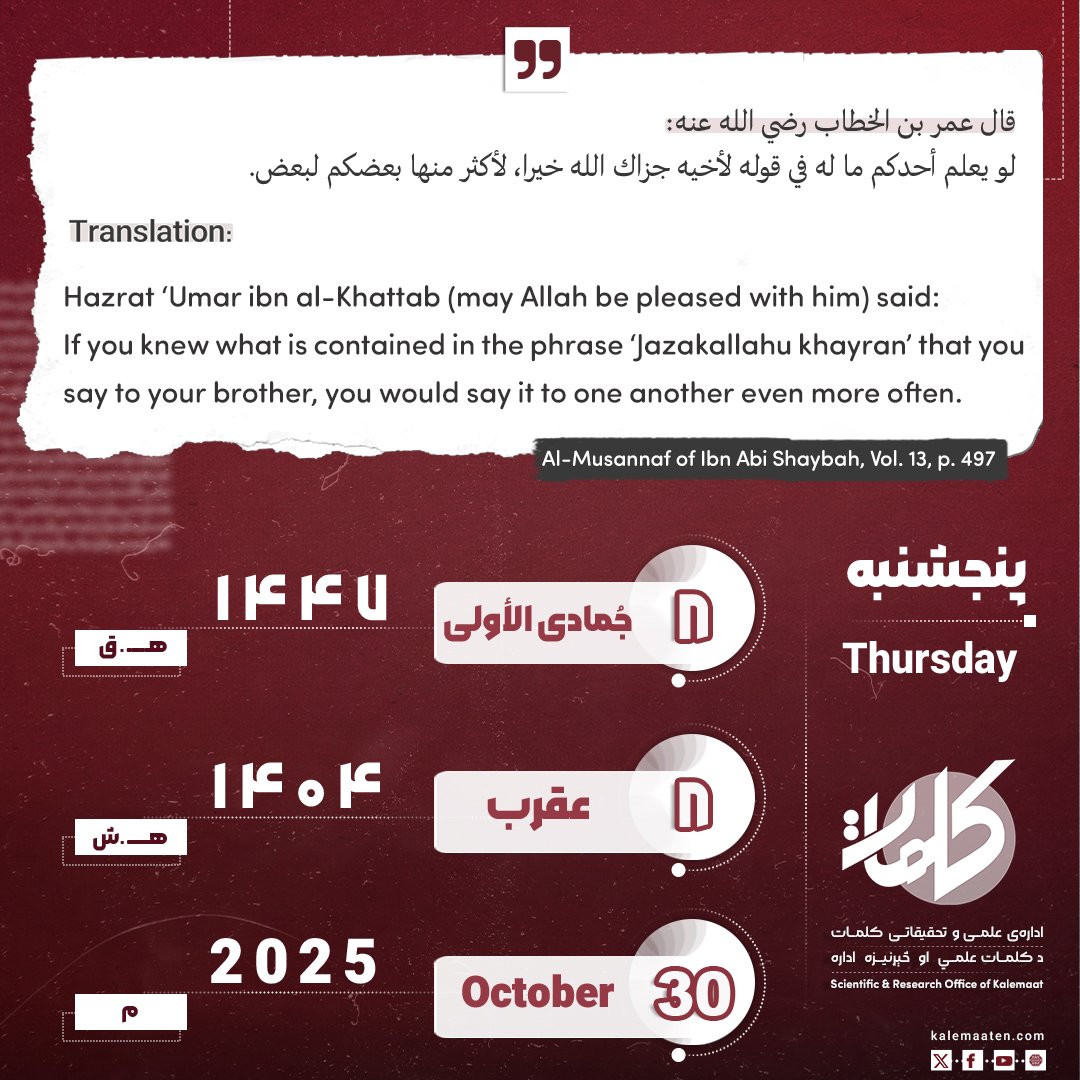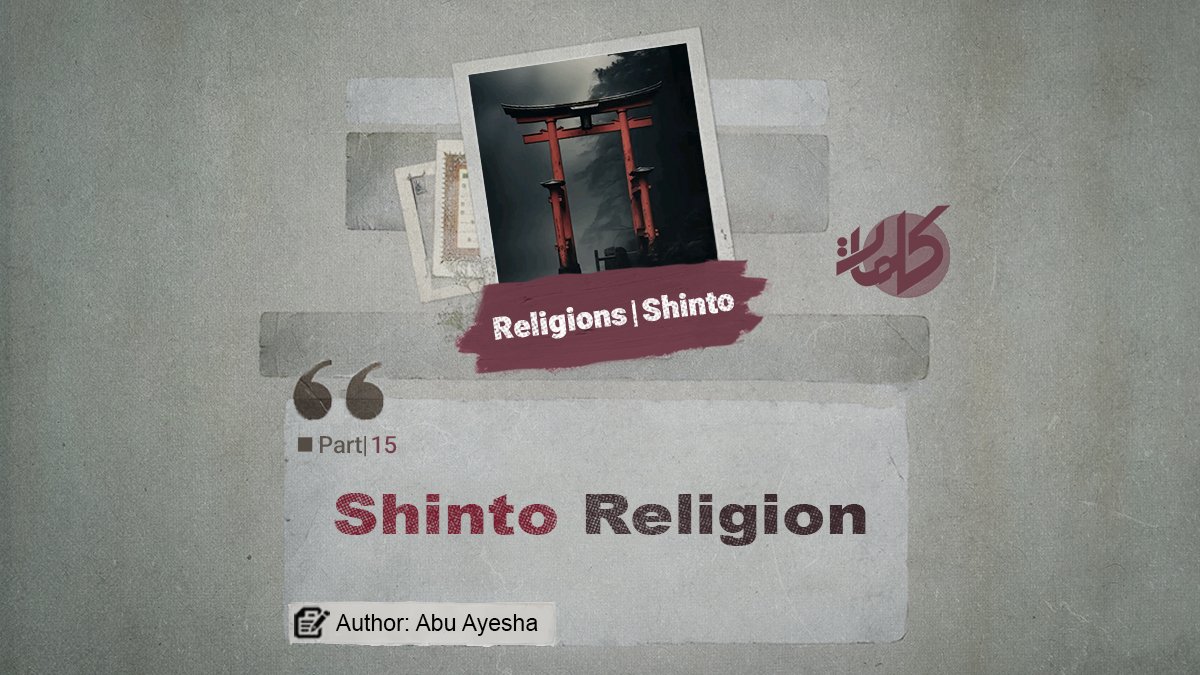Author: Abu Ayesha
Shinto Religion (Part 15)
Books of the Shinto Religion
Within the Shinto faith, there exist several books that contain the customs and traditions of the ancients. These books were compiled at various times, one of which was written in 806 CE. They recount ancient tales that defend and justify the authority of the priestly class.
The two most important sacred texts of the Shinto religion are:
-
Kojiki, written in 712 CE, and
-
Nihongi (also known as Nihon Shoki), compiled in 720 CE.
These two works are considered the oldest texts of the Shinto faith in Japan. However, the Japanese did not limit themselves to these two books. Later, two additional works appeared in this religion—one containing prayer for various occasions written in the tenth century, and another consisting of a collection of poems composed between the fifth and eighth centuries CE.
The Book Kojiki
One of these two major works is the Kojiki, which still exists today and has been translated into Persian by Dr. Ehsan Moqaddas. Within the book itself, there are accounts explaining how it was composed:
Around the fourth century CE, Japanese tribes gradually came under the rule of the central Yamato government. By the end of the fifth and beginning of the sixth century, the Japanese Empire had taken shape, and the legitimacy of its rule became a matter of debate.
The main purpose of writing the Kojiki and the Nihongi (or Nihon Shoki, as mentioned in some sources—although this second book is now lost despite extensive research) was to prove the divine origin of the imperial family. The myths and ancient poems contained in these two books had been orally transmitted for generations by storytellers known in Japanese as Kataribe (Katari meaning storyteller and be meaning tribe). These storytellers attended feasts and ceremonies, recounting ancient tales, which were thus passed down through the ages.
In the seventh century, Emperor Jimmu became troubled by the widespread dispersal of these stories and declared:
“Our customs, traditions, and genealogies are scattered among families, and these tales have become mingled with falsehoods. If we do not collect and correct them now, soon they will all vanish.”
He then appointed Hida no Are, a 28-year-old man, to travel across the land, collect, and study these stories. However, the emperor passed away before the completion of the work. His successor, Empress Genmei, continued the effort and assigned Ō no Yasumaro to record everything that Hida no Are had gathered. Ō no Yasumaro completed the writing in four months and presented the finished book to the empress on January 28, 712 CE.
Thus, the Kojiki—meaning Record of Ancient Matters—was completed in the early eighth century CE, after the arrival of Buddhism in Japan. However, its myths and tales long predate Buddhism, originating in the fourth to sixth centuries. For this reason, the Kojiki is considered the most important religious text for understanding the spiritual outlook of the Japanese people.[1]
This work is regarded as the oldest historical book of Japan, written to preserve and strengthen the ancient courtly traditions.[2]
The Book Nihongi
Eight years after the Kojiki appeared, another book titled Nihongi (Chronicles of Japan) was completed. It consists of thirty chapters and was meant to complement the Kojiki, filling its gaps. It was written in a style similar to that of Chinese historiography.
The Nihongi was translated into English by George William Aston and published in London in 1896. Over time, it attracted more scholarly attention, and as a result, the Kojiki was largely forgotten until the Edo period (1615–1867 CE). The oldest surviving manuscript of Kojiki dates back to 1371 CE and is kept in the Shimbukōji Temple in Nagoya. In contrast, many manuscript copies of the Nihongi exist, most of which date from the Heian period (794–1185 CE). This shows that research on Nihongi has been broader and has covered a wider historical scope.[3]
Structurally, Nihongi is considered an imitation of Kojiki and consists of two main sections. One of its distinctions is that it includes events from the seventh century CE. Later, commentaries were written to further elaborate and expand on this book.[4]
Although Nihongi was written as a complement to Kojiki and appeared some years later, it has not survived, unlike Kojiki, which has been translated into Persian and contains three chapters:
-
The First Chapter: Describes the creation of the world, the formation of Japan’s many islands, and the descent of the gods—the ancestors of the imperial family—to earth.
-
The Second Chapter: Covers the period from Emperor Jimmu to Emperor Suijin, during whose reign Confucian thought entered Japan—marking a major turning point in Japanese civilization.
-
The Third Chapter: Begins with the reign of Emperor Nintoku and continues to the lifetime of the author. [5]
Beyond these two books, there are other works more focused on Shinto ritual and practice, such as the book Engishiki, which contains explanations of religious ceremonies, national customs, and some ancient prayers. [6]
Interpretation and Reflection
The more we study this religion, the more peculiarities we encounter—and that is natural. Any faith not founded on divine revelation and not ordained by the Creator of the universe for the salvation of mankind is susceptible to distortion and alteration over time by its followers or others.
A brief comparison is enough to reveal the truth of Islam and the authenticity of its holy book:
When we study Islamic history, we find that the Prophet Muhammad (peace be upon him) was born in 570 CE and received his prophetic mission at the age of forty, in 610 CE. The Qur’an was then revealed over a period of twenty-three years. In contrast, the books of Shintoism were written nearly a hundred years later.
Today, the followers of the Qur’an number in the hundreds of millions across the world, while Shintoism, despite the support it once enjoyed from Japan’s emperors, has largely declined and no longer holds strong influence even among the Japanese themselves.
Islam, however, continues to grow rapidly, so much so that Western thinkers are astonished by how Islam conquers hearts before lands, striking fear into the leaders of disbelief and atheism. They attempt by all means to halt its spread—but to no avail.
For, as Allah says in the Qur’an: “يُرِيدُونَ لِيُطْفِـُٔوا نُورَ اللَّهِ بِأَفْوَٰهِهِمْ وَيَأْبَى ٱللَّهُ إِلَّآ أَن يُتِمَّ نُورَهُۥ وَلَوْ كَرِهَ ٱلْكَـٰفِرُونَ” Translation: They wish to extinguish the light of Allah with their mouths, but Allah refuses except to perfect His light, even though the disbelievers detest it. (Surah At-Tawbah, 9:32)[7]
Thus, the reader can clearly discern the vast difference between a true religion and an artificial one—for a faith ordained by the Creator of heaven and earth offers remedies for every ailment, solutions for every problem, and guidance for every aspect of life.
continues…
Previous Part
References:
[1] Kojiki: The Sacred Book of Shinto, trans. Dr. Ehsan Moqaddas, 1st ed., Winter 2002, pp. 27–28.
[2] Ebrahim, Alireza. The Shinto Religion: A View from Above, n.d., p. 97.
[3] Kojiki: The Sacred Book of Shinto, trans. Dr. Ehsan Moqaddas, 1st ed., Winter 2002, pp. 29–30.
[4] Ebrahim, Alireza. The Shinto Religion: A View from Above, n.d., p. 97.
[5] Kojiki: The Sacred Book of Shinto, trans. Dr. Ehsan Moqaddas, 1st ed., Winter 2002, p. 28.
[6] Ebrahim, Alireza. The Shinto Religion: A View from Above, n.d., p. 97.
[7] Surah At-Tawbah, Verse 32.



